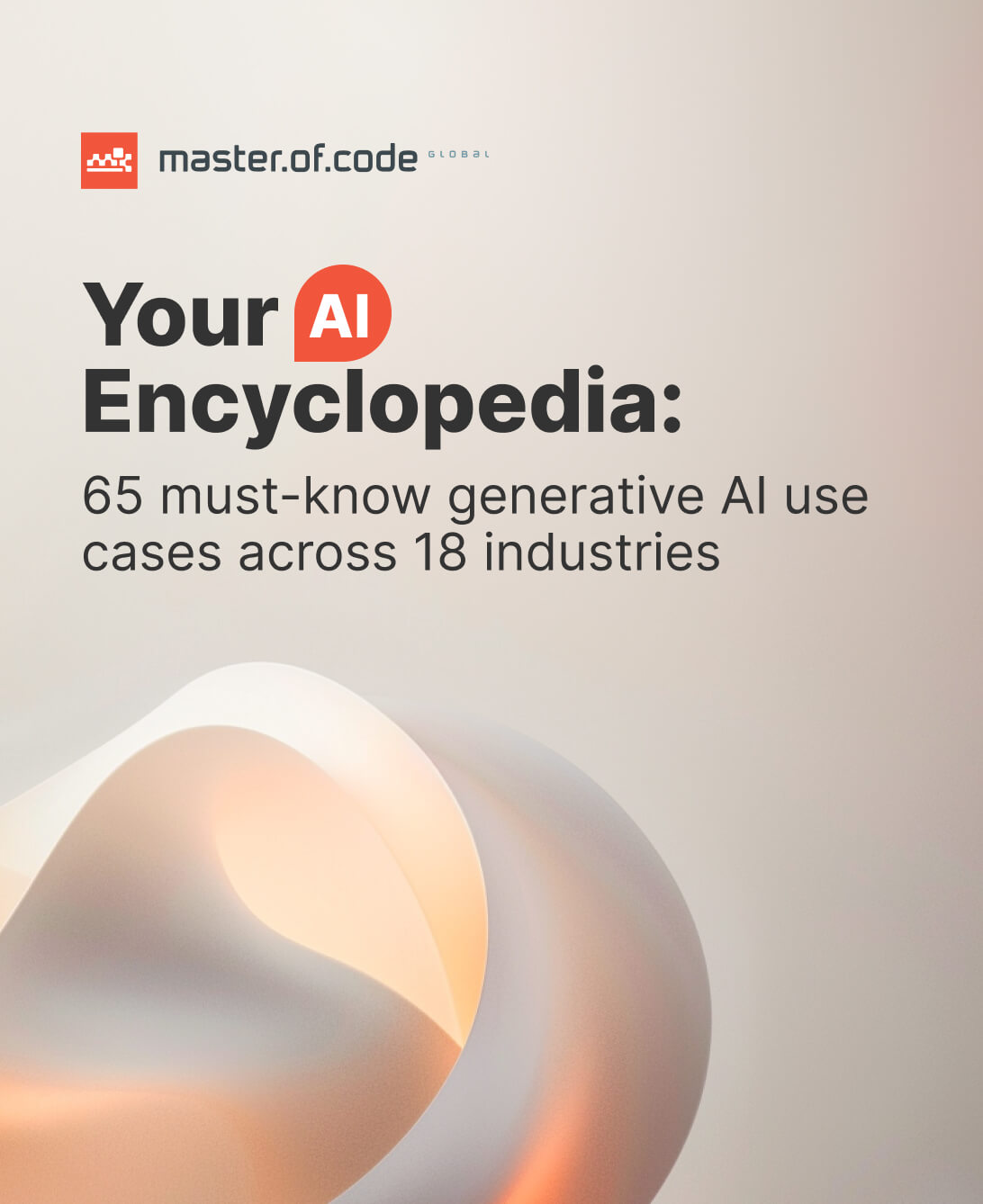The Challenge:
How did we make sure our client’s current solutions can handle growing assets under management while meeting stringent financial regulations?
The asset management firm had achieved real results with their AI assistant. The system was processing over 2,000 client queries daily and had cut their support ticket backlog by 75%. Portfolio managers were using it to quickly access research reports, compliance documentation, and market analysis during volatile trading sessions.
But rapid business growth was exposing infrastructure limits. Market volatility periods were maxing out the server capacity, causing 15-20 second delays when portfolio managers needed instant access to critical information. Their data storage costs had tripled in six months as conversation logs piled up.
The leadership team faced a crucial decision point. They could either invest heavily in infrastructure upgrades without knowing if they’d solve the right problems, or they could get expert analysis first. They needed someone to identify exactly where their bottlenecks were, what security gaps existed, and how to scale efficiently without overspending on unnecessary upgrades.





